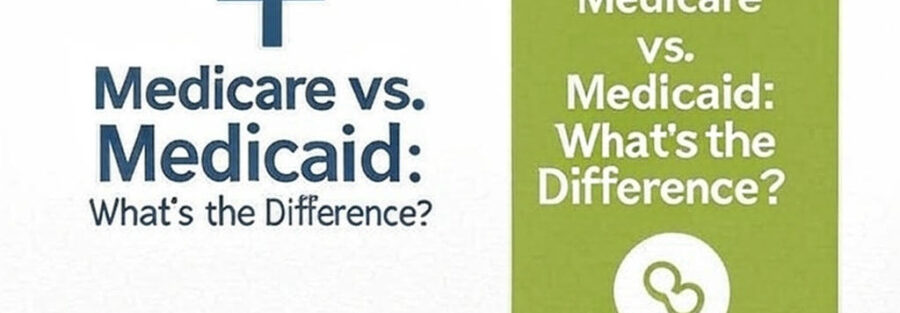It’s perfectly understandable to be temporarily baffled by the two acronyms, especially, Medicare and Medicaid. These two prominent government health insurance programs are often viewed as one and the same, however, they have uniquely different functions and serving groups. Whether you are preparing for your retirement, aiding a family member, or simply trying to comprehend the variety of healthcare options available, knowing the important differences is crucial. Now, we will explain it in a simple yet interesting way.
What is Medicare?
Medicare is a federally funded health insurance program mainly for individuals aged 65 and older. It also includes younger individuals with specific disabilities as well as those suffering from end-stage renal disease (permanent kidney failure).
It is separated into different sections:
Part A (Hospital Insurance): Takes care of hospitalization for inpatient stays, hospice, and skilled nursing facility care.
Part B (Medical Insurance): Covers physician office visits, outpatient care, preventative services, and certain home health care.
Part C (Medicare Advantage): These are provided by private insurers. They offer Plans A and B together with frequently Part D and some other additional services such as vision or dental.
Part D (Prescription Drug Coverage): Helps to subsidize the cost for prescription drugs.
Medicare might be thought of as a health plan geared towards older adults and some disabled persons that functions similarly to traditional insurance – something one earns and usually pays into throughout your working life.
What is Medicaid?
Medicaid is a cooperative initiative at both the federal and state levels which offers health care coverage to people ofany age with inadequate funds and resources. It has a wider coverage and sometimes goes beyond what Medicare provides, especially in the areas of long-term care and familial support services.
Eligibility and coverage might change as per state lines due to its administration on a state level.
Usually covered groups are:
Adults with low income.
Pregnant women.
Children.
Individuals with disabilities.
Senior citizens who also qualify based on funds.
You can think of Medicaid as providing the very basic services “life support” needed by individuals and low-income families to survive.
Can You Have both Medicare and Medicaid?
Certainly! This is referred to as “dual eligibility” and some people qualify. Usually they have Medicare as the main insurance and Medicaid as a secondary which pays for out-of-pocket expenses such as premiums, deductibles, and copayments.
If you are dually eligible, you may also qualify for some additional aids such as Medicare Saving Programs or Special Needs Plans (SNPs) that provide additional aids.
Which One is Right For You?
Medicare will be the one to go to if you are 65 and older or have a qualifying disability.
If you have a low income level and meet the criteria set by your state, Medicaid can provide assistance.


